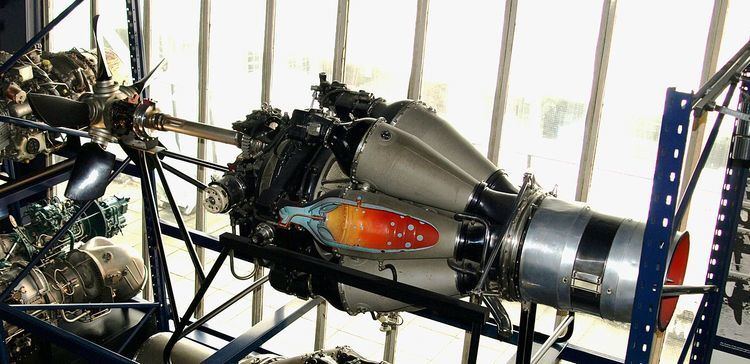 | ||
The Rolls-Royce RB.50 Trent was the first Rolls-Royce turboprop engine.
Contents
Design and development
The Trent was based on a concept by Sir Frank Whittle. It was a Derwent Mark II turbojet engine with a cropped impeller (turbine unchanged) and a reduction gearbox (designed by A A Rubbra) connected to a five-bladed Rotol propeller. The Trent ran for 633 hours on test before being installed in a Gloster Meteor jet fighter which flew for the first time on 20 September 1945 at the start of a 298-hour flight test programme.
Applications
Engines on display
A preserved Rolls-Royce Trent turboprop engine is on display at the London Science Museum.
General characteristics
Components
Performance
References
Rolls-Royce RB.50 Trent Wikipedia(Text) CC BY-SA
